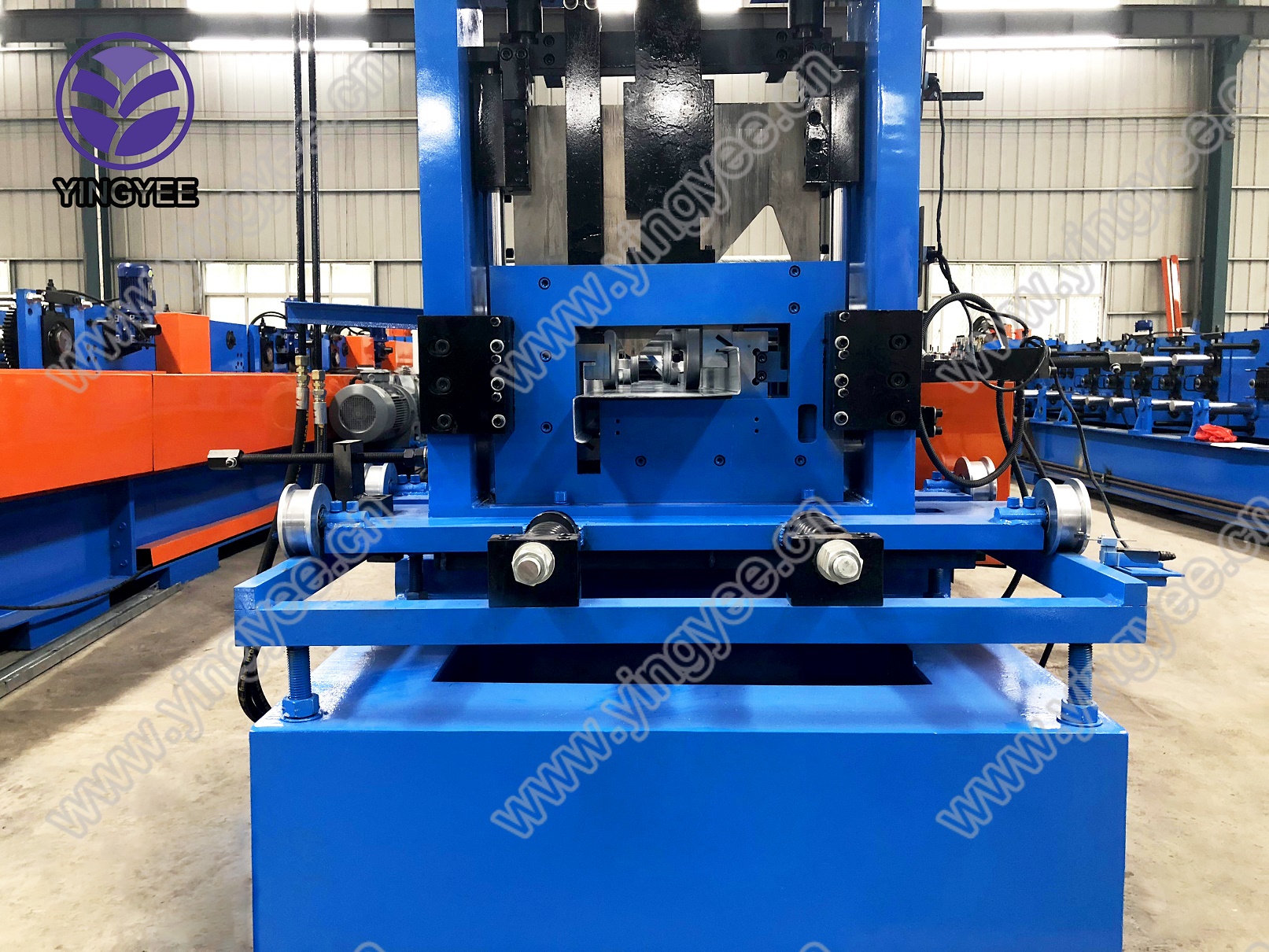
The Evolution and Importance of Stud and Track Frame Making Machines
In the contemporary construction and manufacturing industries, stud and track frame making machines have emerged as indispensable tools. These machines are specifically designed for producing metal framing systems that are vital for constructing interior walls, ceilings, and partitions. This article explores the evolution, significance, and working mechanisms of stud and track frame making machines.
The Evolution of Stud and Track Frame Making Machines
The origin of stud and track framing can be traced back to the growth of steel structures in the early 20th century. Initially, framing was constructed using traditional timber materials, which, while effective, posed various challenges such as susceptibility to pests and fire. With the advent of steel, the need for efficient production methods became evident.
Over the decades, manufacturing processes have evolved significantly. Manual methods were gradually replaced by automated machinery as demand for faster and more precise manufacturing grew. The introduction of stud and track frame making machines revolutionized the industry by enabling the mass production of framing systems with consistent quality. Today, these machines are equipped with advanced technology, including computer numerical control (CNC) systems, which further enhance precision and efficiency.
The Importance of Stud and Track Frame Making Machines
Stud and track frame making machines serve multiple functions that extend beyond mere production
. They play a crucial role in ensuring structural integrity, speed up the construction process, and reduce labor costs. By utilizing these machines, manufacturers can produce framing systems in larger quantities without compromising on quality or design flexibility.One of the most significant benefits of using stud and track frame making machines is the consistency they offer. Automated production eliminates human error, leading to a higher standard of quality control. Each component produced is uniform in size and shape, which is crucial for the seamless assembly of wall systems in construction projects.

Additionally, these machines are designed to work with a variety of materials, including galvanized steel and other alloys, which enhances durability and resistance to environmental factors. The lightweight nature of the resulting frames contributes to faster installation times and reduced transportation costs. Furthermore, the adaptability of these machines allows manufacturers to produce custom sizes and specifications, catering to diverse architectural demands.
How Stud and Track Frame Making Machines Work
The operation of a stud and track frame making machine involves several key steps. Initially, raw material coils are fed into the machine, where they are unwound and cut to the required lengths. Panel layouts are programmed into the machine’s CNC system, ensuring precision in every cut and bend.
After cutting, the machine forms the metal into various shapes such as tracks for the bottom and top of the wall frames, as well as vertical studs. This is achieved through a series of rollers and presses that manipulate the metal into the desired configurations. Key components are then punched and drilled to facilitate easy assembly and attachment during the construction phase.
Finally, once the components are manufactured, they are typically stacked and ready for shipment to construction sites where they will be assembled into final builds.
Conclusion
In conclusion, stud and track frame making machines are critical to modern construction practices. Their evolution from manual methods to sophisticated automated systems has transformed the way metal framing is produced. By enhancing production efficiency, ensuring consistent quality, and offering design flexibility, these machines have established themselves as a cornerstone of the construction industry. As technology continues to advance, we can anticipate even more innovations in this field, paving the way for more effective and sustainable building practices in the future.